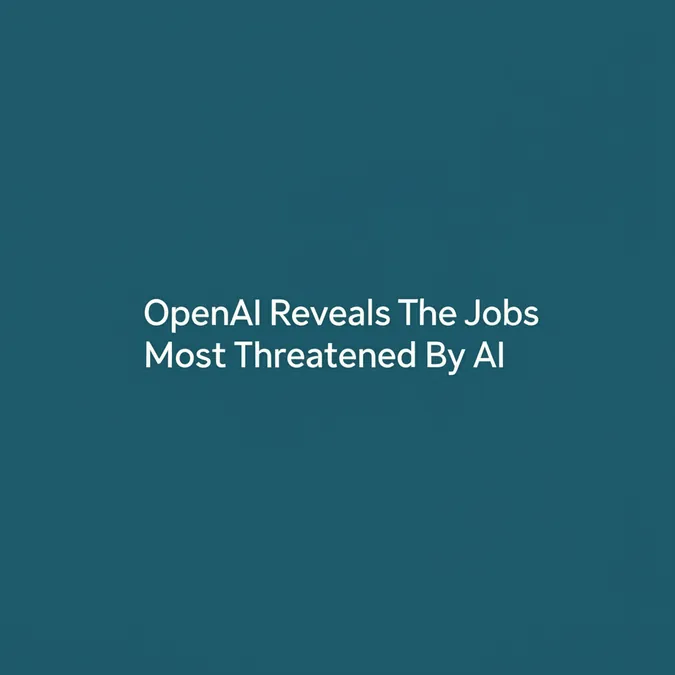Navigating AI in College A Students Perspective
A year ago, I began using ChatGPT as a study partner and voiced my initial concerns about it. I was worried that my education was becoming less personal, as I turned to a chatbot for questions instead of my peers or teaching assistants. I argued for a more structured approach to how generative AI tools are used in the classroom.
Since then, AI technology and its integration into life at Harvard have expanded dramatically.
The Campus Hodgepodge AI Policies in Flux
We are now in an era of advanced AI models and numerous integrated tools, making AI a standard part of campus life. While my original worries persist, I'm now equally concerned by our inconsistent institutional response. Generative AI shouldn't be completely banned, but it also shouldn't be accepted without critical thought. What students truly need is clear guidance, adequate resources, and practical experience in using it effectively.
AI has become a constant in my personal academic life. I use it to understand data analysis, debug code, and even as a sounding board for ideas late at night. Professors are starting to acknowledge this new reality. Many who initially opposed AI use now seem to have accepted that students will use it regardless of official rules. Because it's difficult to prove if work is AI-generated, many courses have reverted to in-person exams to test our understanding.
This has led to a patchwork of policies. Some classes treat any AI use as cheating, while others actively encourage it. Most courses exist in a gray area, but the boundaries of that area are rarely defined. The problem isn't a lack of rules; it's a lack of education on how to use AI as a tool for learning, not a replacement for it. Without clear direction, students who are adept with AI gain an unfair advantage over those who avoid it or use it ineffectively. This creates a skills gap based on resourcefulness, not academic ability.
Navigating the Gray Areas of Academic Integrity
Many course syllabi include statements like, ‘ChatGPT should not write your essay.’ While most students agree with this, the nuances are left unaddressed. Is it acceptable for AI to help rephrase a sentence? What about pointing out a flaw in your argument? If the AI's suggested phrasing sounds nothing like your own writing, are you still the true author? These are not hypothetical scenarios; they are daily dilemmas students face without guidance. The answers impact not only our academic integrity but also how we learn to engage with a technology that is shaping our world.
The Call for AI Literacy A New Educational Pillar
If AI is truly the next internet-level transformation, our education system must prepare us for it. Instead of issuing outright bans or simply ignoring the issue, universities should teach students how to use AI thoughtfully. Harvard is a leader in AI research through initiatives like the Kempner Institute; it should also be a leader in promoting AI literacy.
This means providing a consistent framework for responsible AI use. Students need to develop the skills to identify AI's limitations and the judgment to know when human intellect is required. Courses should create opportunities for this kind of learning through trial and error. For example, humanities classes could have students critique AI-generated essays, while science courses could ask them to refine AI-suggested code. It is surprising that an institution that teaches everything from library research skills to public health practices has not yet widely implemented training on how to engage with generative AI.
Setting Boundaries for a Productive AI Friendship
This transition will undoubtedly be complex, and no single policy will be perfect. However, if we fail to establish a common language for discussing AI—when to use it and when to avoid it—we risk creating an inequitable educational landscape that fails to prepare students for an AI-centric future.
A year after my journey with ChatGPT began, as I mentioned in a previous article, I still use it and remain concerned about its impact on my education. But like any relationship, this one thrives on clear boundaries. It is now up to Harvard and other educational institutions to teach us how to set those boundaries wisely.

